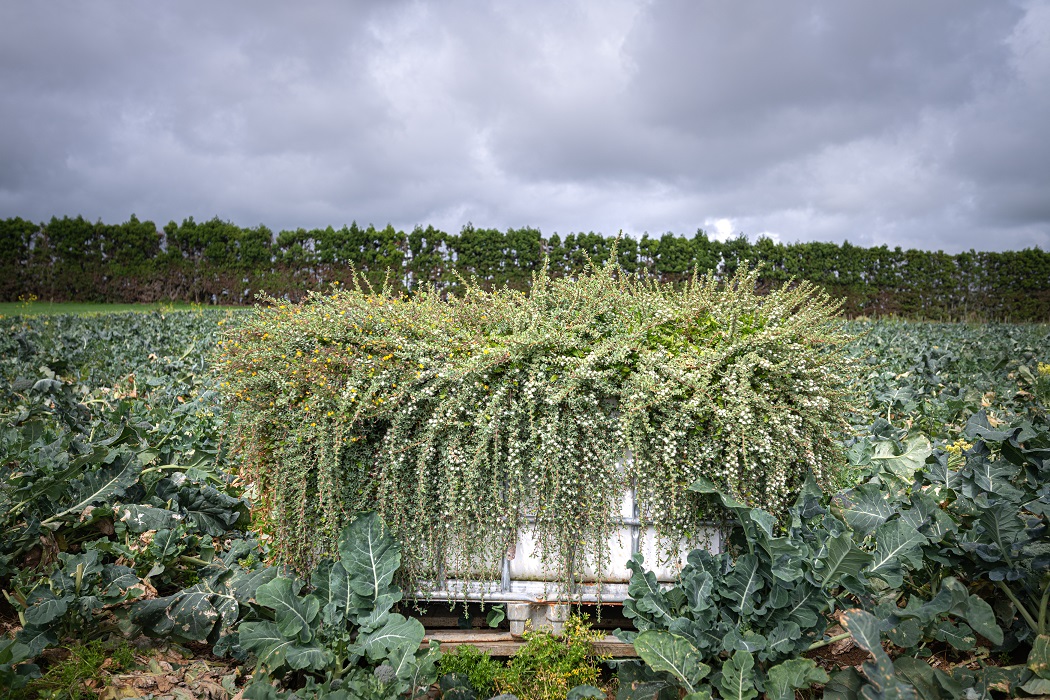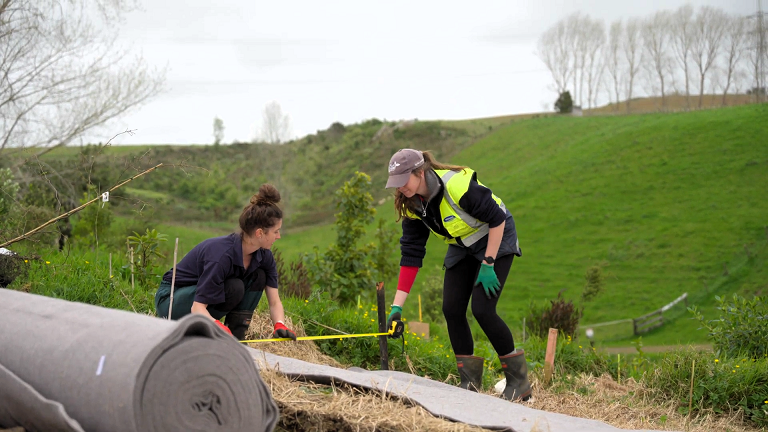Two programmes focused on growing knowledge of economic and environmental benefits from on-farm biodiversity are pooling their resources to gain maximum benefit for growers.
A Lighter Touch, which has three biodiversity projects with its product group partners, has teamed up with another Sustainable Food and Fibre Futures (SFFF) project Biodiversity for Beneficial Insects (B4BI) to identify how their programmes can have the most impact in terms of grower adoption.
B4BI, which is led by Plant & Food Research, has been researching the optimal mix of plant species, planting areas, and planting landscapes to maximise the number of pollinators and predators of pests, without creating refuges for insect pests. It aims to demonstrate the value of these insects and to guide farmers on how to design native plantings on their farms to target insects for economic, environmental and social benefits. The work is being conducted across a range of farm systems, including dairy, sheep and beef, restoration, horticulture and arable.
ALT projects have focused on implementing on-farm biodiversity for pest management benefits as part of an integrated approach to crop protection. Two of these projects are looking at understorey management in orchard systems (citrus and summerfruit) and another is investigating perennial, annual and mobile biodiversity in vegetable production. In addition, a further study in the kiwifruit sector is looking at plant biodiversity specifically in relation to the major pest of that crop, passionvine hopper.

Use of mobile insectaries in vegetable crops is a component of one of the A Lighter Touch biodiversity projects.
With ALT due to end in 2027 and B4BI in 2026, the emphasis of activity for both programmes is turning towards ensuring the knowledge and resources developed from their work is adopted by growers and translates into practice change on farms, orchards and vineyards.
ALT Agroecological Technical Lead Jeff Smith says on-farm biodiversity and the practice of conservation biocontrol are a central pillar within the framework of integrated pest management (IPM). Conservation biocontrol is where the ecosystem is manipulated, mostly by increasing plant biodiversity, to boost existing beneficials.
“Conservation biocontrol is one of the lesser studied and practiced IPM components, and it has been a focus for the ALT programme to understand its potential and benefits. Combining our efforts with the B4BI project is a logical step toward achieving this, and a good example of the collaborative approach taken by these SFFF projects,” he says.
“Both projects are keen to extend what they have learned to other regions by supporting satellite projects and like-minded groups around the country in developing and implementing their own projects. The collaboration will create the opportunity to do this in a co-ordinated way.”

Extension of project learnings by supporting others around the country in developing and implementing their own projects is an aim of both ALT and B4BI.
Another benefit of collaboration is in improving understanding of biodiversity data. The many and varied biodiversity projects underway around the country are generating a wealth of data which can be analysed to understand the effects, good or bad, of on-farm biodiversity.
“By improving our understanding of biodiversity data we will be able to make better decisions around how we implement, manage, improve and use on-farm biodiversity. A small example is reviewing the methodology of the planting guide resources being produced by these projects to ensure their transferability across crops and regions.”
Jeff says the big carrot lies in aggregating the data collected by the many projects is to enable the development of nationwide strategies.
“For example, a large standardised data set provides opportunities to inform conversations around international trade equivalency and a potential biodiversity credit system.”
The economics of on-farm biodiversity is an important driver of grower adoption, and standardised data has a role to play in demonstrating the economic benefits to growers.
